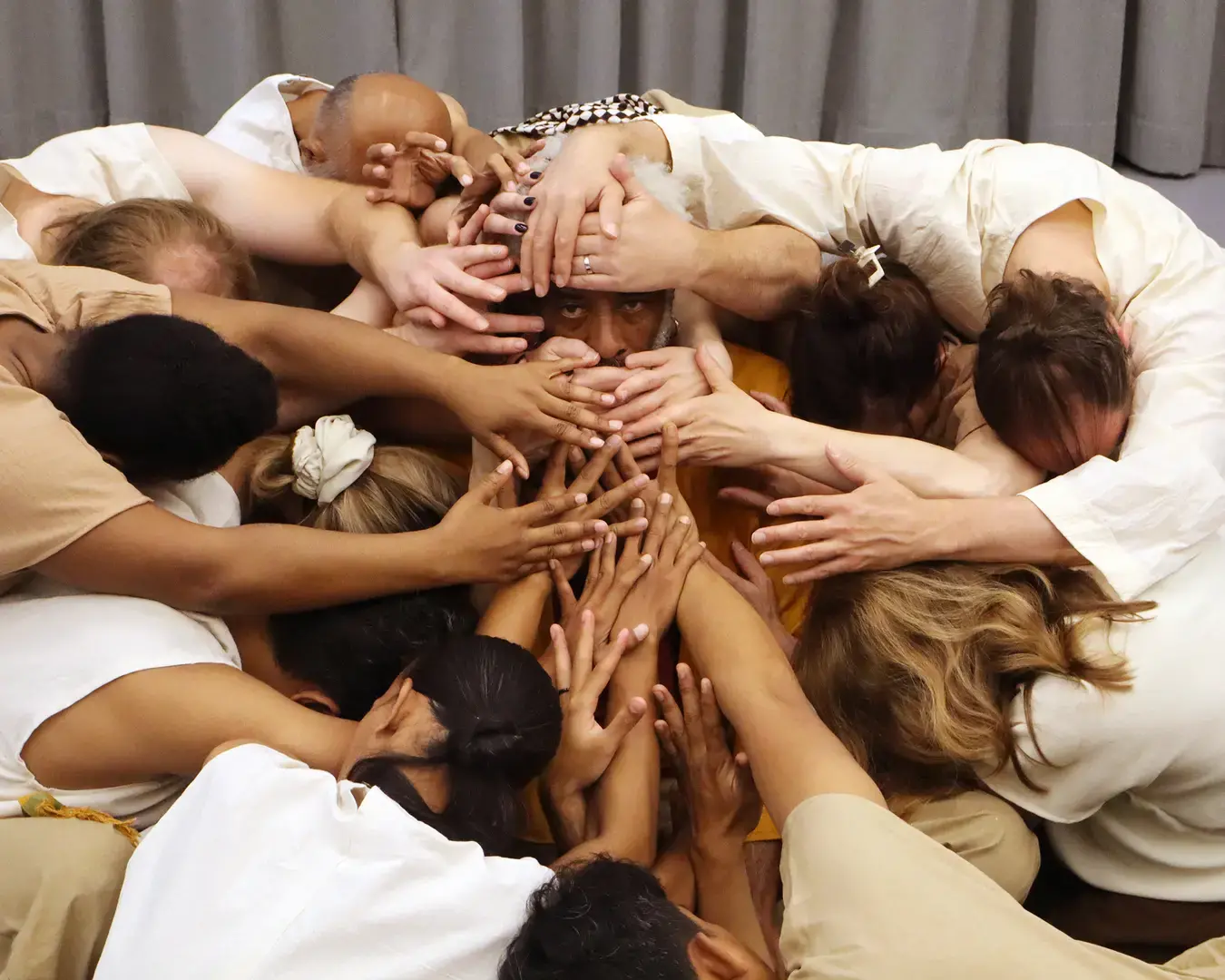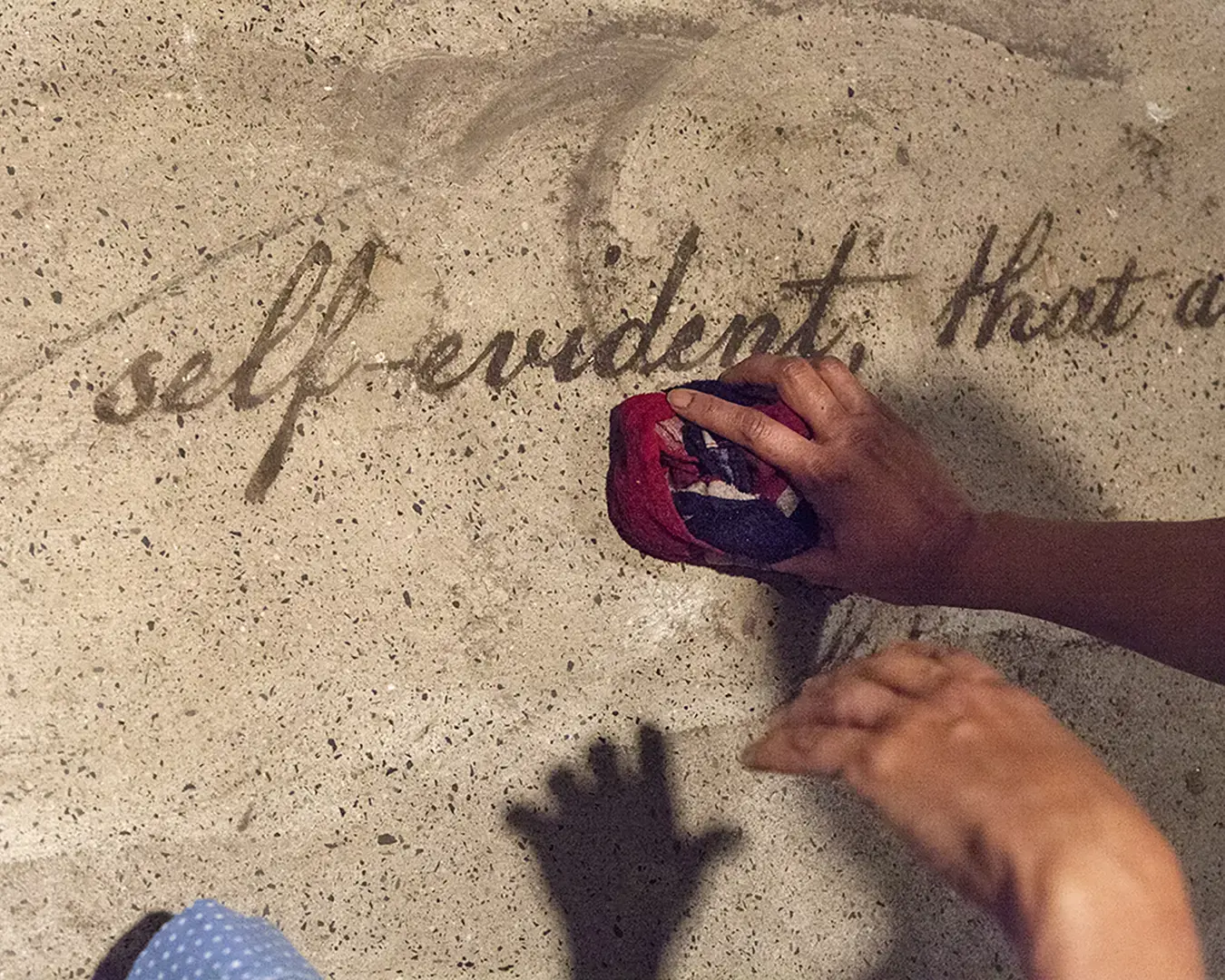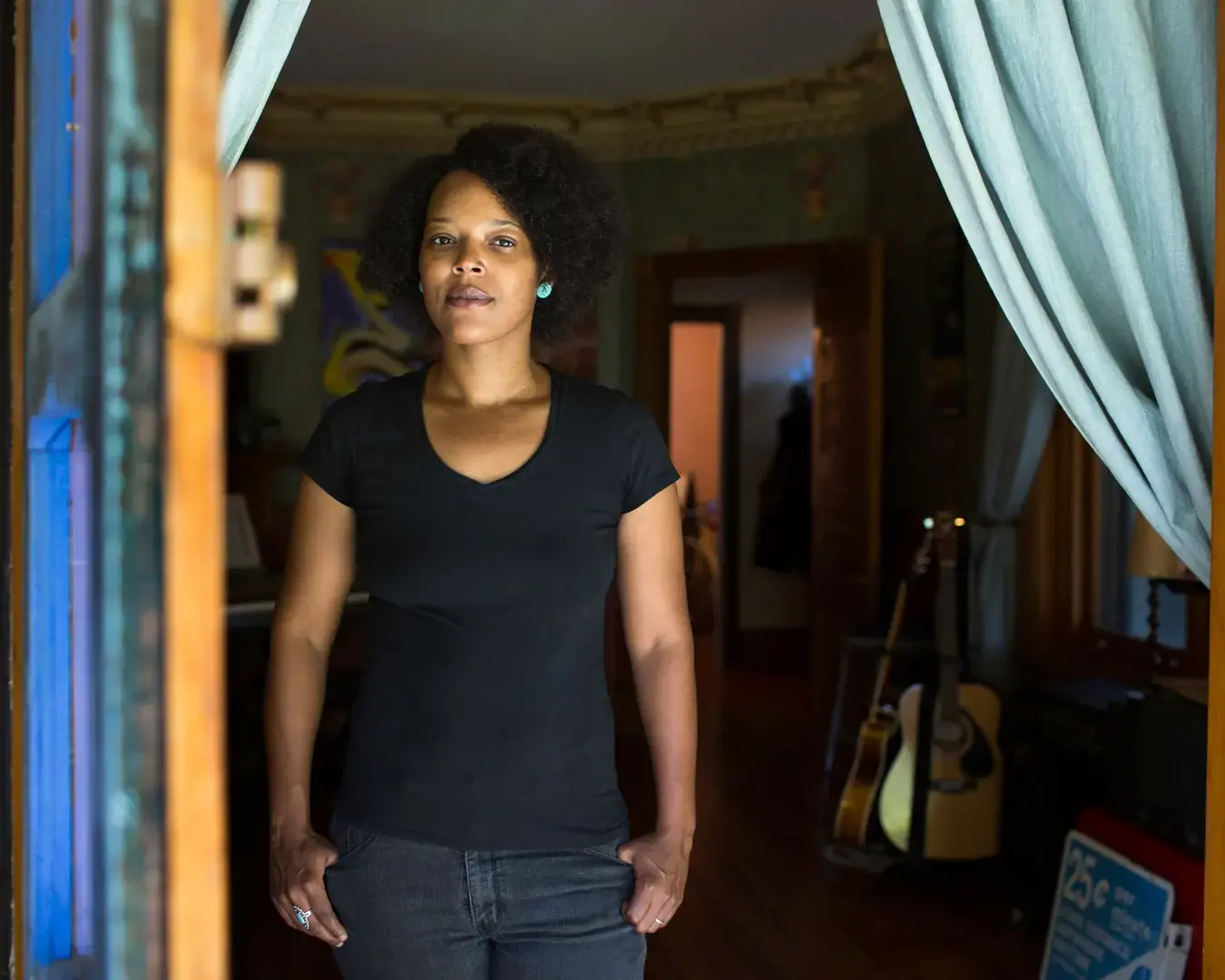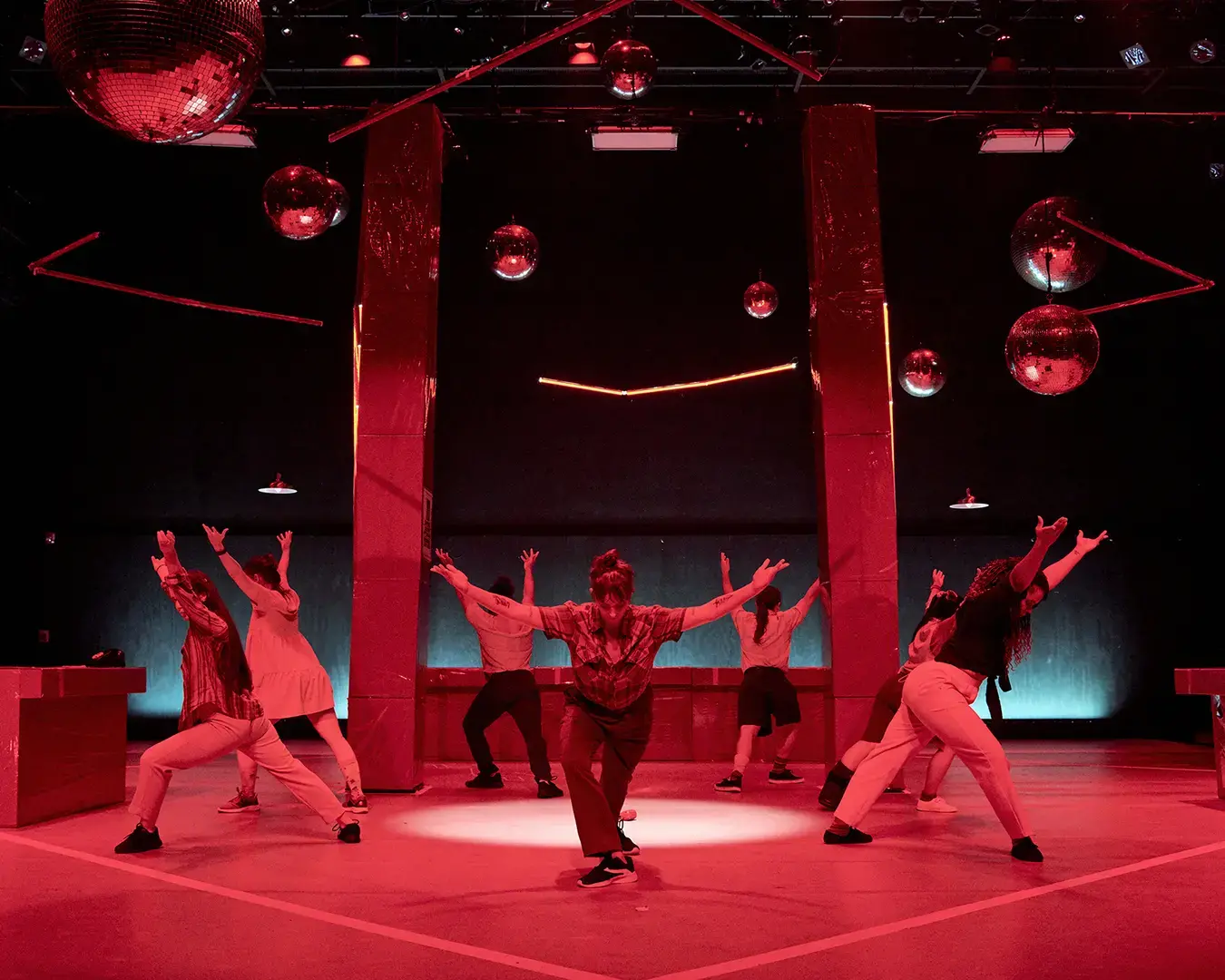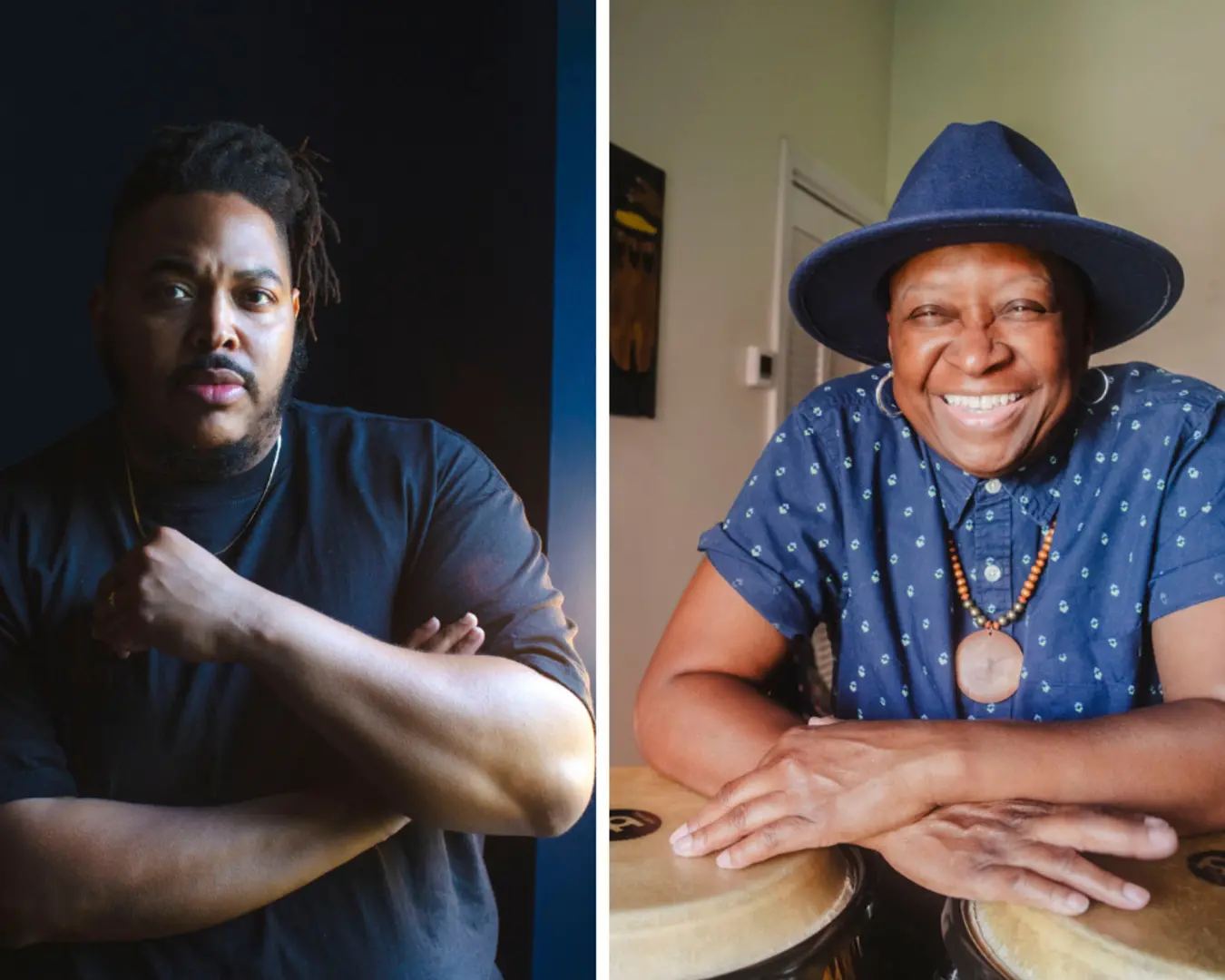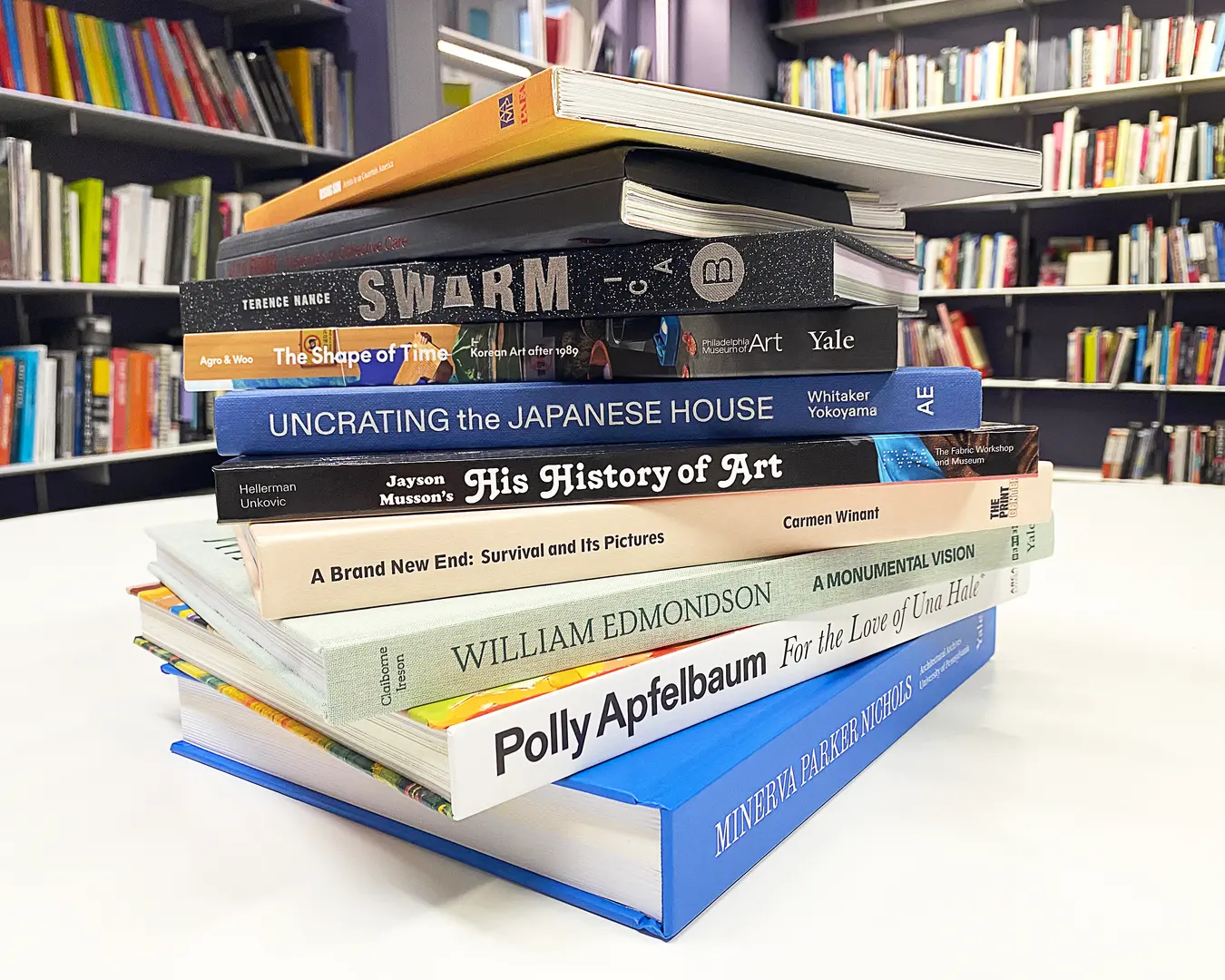
It’s been a year and a half since the first class of Philadelphia’s Cultural Treasures fellows was announced, and we’ve caught up with four of the fellows to see how the grant funds have affected their artistic work and their other efforts and engagements within their communities.
The fellowships were awarded as part of the regional component of America’s Cultural Treasures, an initiative created by the Ford Foundation and administered in Philadelphia through a collaboration among The Pew Center for Arts & Heritage, The Barra Foundation, Neubauer Family Foundation, William Penn Foundation, and Wyncote Foundation. Locally, the program supports Black, Indigenous, and People of Color (BIPOC) cultural groups, artists, and organizations with exceptional significance to Greater Philadelphia.
The 2022 fellowships were awarded to 12 exceptionally talented artists, who each received between $75,000 and $120,000 in unrestricted funds, with the higher amounts awarded to artists whose contributions have made an impact on the region for 20 years or more. Additionally, the fellows each received $15,000 in retirement savings along with professional development opportunities to promote their well-being and assist with advancing their work. A second group of Cultural Treasures fellowships will be awarded later this year.
Sinta Penyami Storms
Storms has been busy since receiving her fellowship. The dance artist has hosted retreats for her dance company and for young people interested in Indonesian culture. She’s written scripts and developed theater productions. She started a new partnership with a fellow Indonesian artist, WonderWorks, which presents a cultural event focused on purpose, intention, and impact. She’s curated events, spoken on panels, taught, and performed.
“The fellowship tremendously impacted my work as I was able to care for my family and had more time to rest, and this time inspired me with new ideas,” Storms tells us.
Born and raised in Indonesia, Storms moved to the US in 1999. “My work as an artist centers around providing access to the Indonesian cultural experience for the community in my adopted city,” Storms says. “A performance with an ornate costume is beautiful, but it is more meaningful when there is context to the art. When I perform with the community, I always believe in explaining the story of the dance, the people dancing it, the parts of Philadelphia we represent, and our challenges as immigrants.”
She hopes to return to Indonesia for research and archival work and develop a dance theater performance about Philadelphia’s Indonesian immigrant community. “This community is the only concentrated Indonesian immigrant community in a metropolitan area in the United States, which makes it truly unique,” Storms explains. “We continue to uphold our cultural values, like gotong royong (mutual assistance), that encourage collaborations in many different artistic aspects. My art has given me visibility so I can represent my community and advocate for their needs.”
Storms recently curated a community festival as part of Rama’s Fest in connection with EgoPo Classic Theater’s premiere of Ramayana. She is also the chair of Gapura’s Island Country Celebration, a celebration of Indonesian culture running August 3–31, 2024.
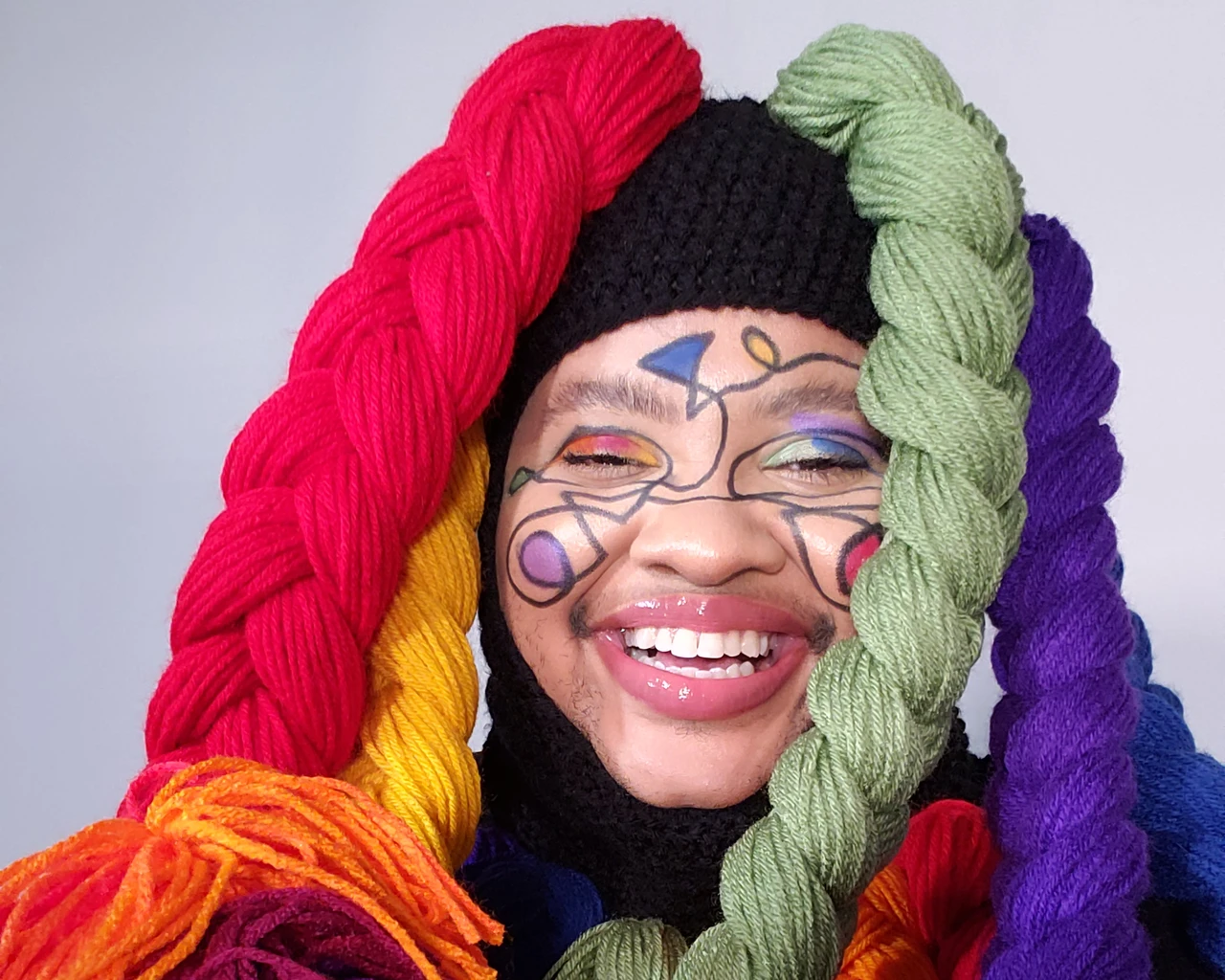
Wit López
“There is a deep, unshakeable culture of care in Philly’s artistic community and that alone sets it apart from many other cities,” López tells us. “That culture of care in the arts is what keeps me anchored here.” Embodying that supportive spirit, the artist recently opened Wit López Gallery at Crane Arts, with a mission to “uplift the creativity of LGBTQ+ artists of color.” The gallery hosts public receptions on the second Thursday of each month, along with regular exhibition-related programs.
“For many LGBTQ+ artists of the global majority, having work in a professional art gallery is not a reality they have experienced,” López explains.
López has also been busy expanding their multidisciplinary practice, which blends fiber art, painting, collage, and photography with elements of theater and classical music. Receiving a Cultural Treasures fellowship has given López the funds and time to experiment with different media, resulting in work that includes a chapbook of poetry, a one-person show, more than 200 knitted hats, pottery, and a series of objects—from posters and t-shirts to a billboard—emblazoned with the phrase “this is probably performance art. probably.”
When asked about their artistic motivations, López cited their nieces and nephews, “who all seem to want to explore some form of creativity. I want to reach my artistic goals, so the youth in my family can know that their artistic dreams are possible.”
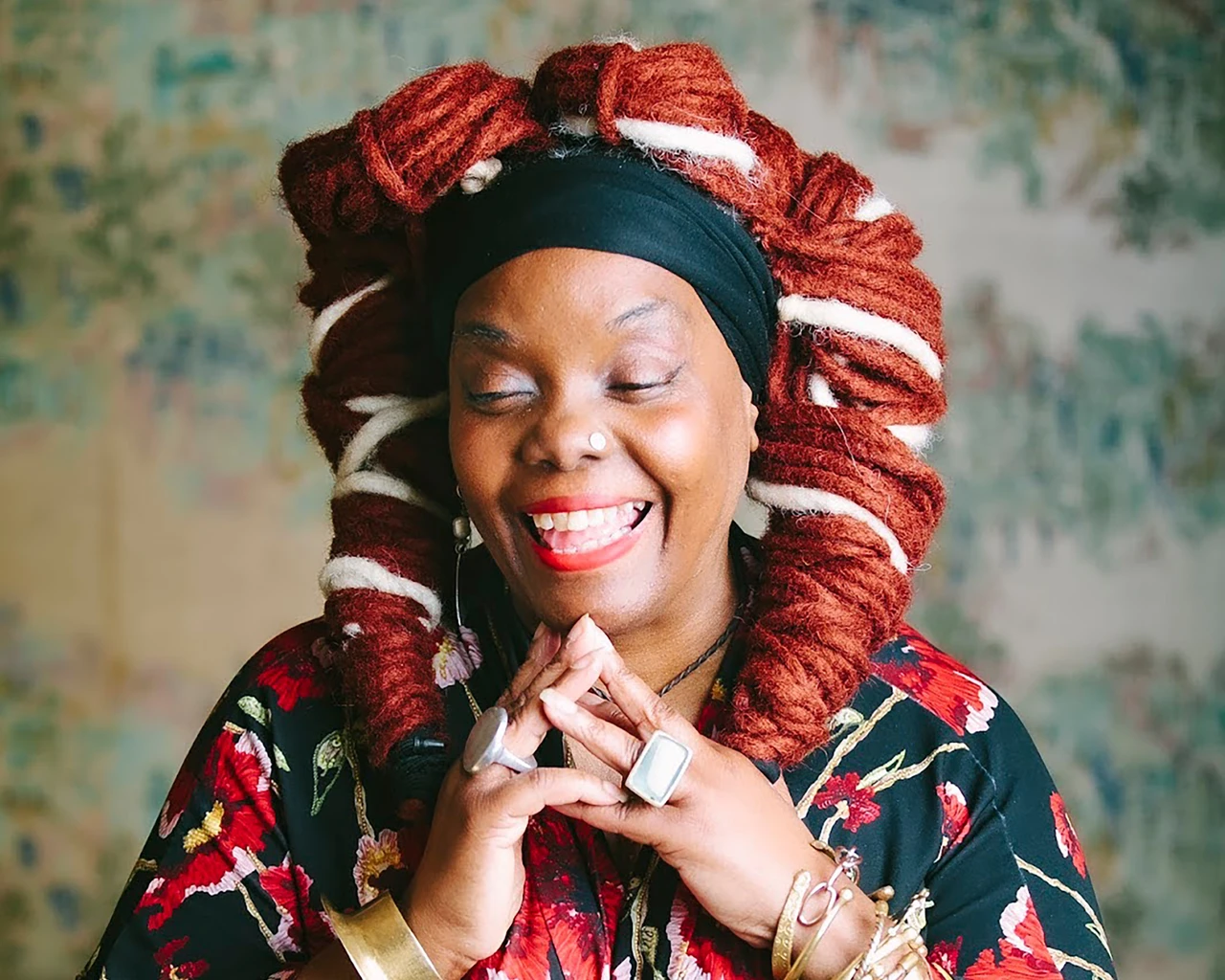
Vashti Dubois
Dubois opened The Colored Girls Museum (TCGM) in her home in the historic Germantown area of Philadelphia in 2015—a project she calls “a show about a house that acts like a museum.” Dubois’ fellowship has allowed the organization to expand opportunities for community members, artists, educators, and scholars, from hosting events and creating pop-up stores to simply resting on the museum’s porch.
“As a social practice artist, all of my work is grounded in care for my community,” Dubois says. “I am very interested in how arts and culture can function as an ally in preserving communities of people, rather than looking to preserve old houses or the art and artifacts therein.”
With financial support from her fellowship, Dubois plans to write a memoir and children’s book about TCGM, to develop a house music opera for the museum (“She deserves a voice of her own,” Dubois says), and to invest in technology upgrades like movement-activated light and sound. Eventually, she hopes to establish a mobile version of the museum to tour the portraits of “ordinary colored girls” that TCGM commissioned in 2020.
Visitors to The Colored Girls Museum can experience its current exhibition, The Intermission. After the zoning board ruled that the museum can no longer serve as both a home and a cultural center, Dubois developed the exhibition to address the museum “losing her job as a performer,” Dubois says. Or, as The Philadelphia Inquirer frames it, “What does The Colored Girls Museum look like if the colored girl no longer lives there?”
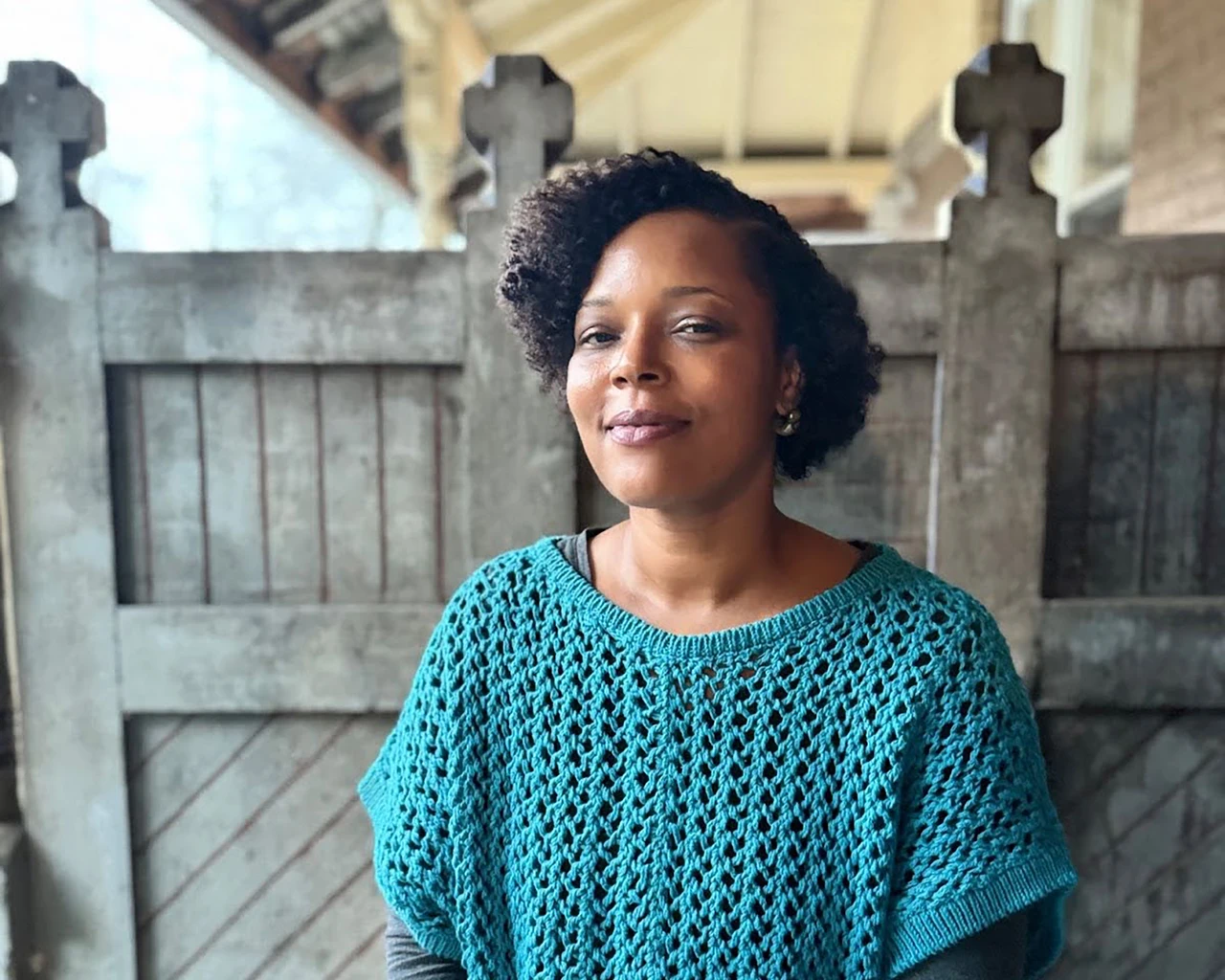
Yolanda Wisher
“I live and work in Philadelphia because it connects me to my ancestors,” Wisher says. “My grandmother Mary came here to raise my mother when she was only fifteen; in the process of building a home here, she became a beloved member of the block. This is a place where I found poetry in school and in the street.”
The multidisciplinary artist is working on a new album of spoken word and music, recording in a home studio she created with the support of her Cultural Treasures fellowship. “Being able to record in my home has allowed me to take more risks creatively and to work closer to the pace of my inspiration.”
Wisher has ambitions to write “the epic story of my family. I dream of taking my work into the woods, to other countries, to the big screen.”
Recently, Wisher was the co-creator, with choreographer Raja Feather Kelly, of The Re-Emancipation of Social Dance, which premiered in June at Christ Church Neighborhood House. As senior curator at Monument Lab, she co-curated Declaration House, a public art and history exhibition running through September 8 that explores the site where Thomas Jefferson and Robert Hemings lived for several months in 1776 during the drafting of the Declaration of Independence, and she is leading the Monument Lab Summit July 18–19.
